New Year, New Landscape — What to Do in Your January Garden
http://decor-ideas.org 01/01/2015 21:50 Decor Ideas
The holidays are receding from view, and the excitement of the new year is brimming. Whether tending your garden is a New Year’s resolution or a release, all sorts of garden chores can make you feel productive this month. Scan seed catalogs, prune deciduous trees, leave some food and water out for hungry birds or maybe just enjoy the vista of a winter landscape. Think about what you’d like to accomplish in your garden this year, big or small. Here’s how you can get started in 2014, region by U.S. region.
Northwest | California | Southwest | Texas | Rocky Mountains
Central Plains | Great Lakes | Northeast | Mid-Atlantic | Southeast
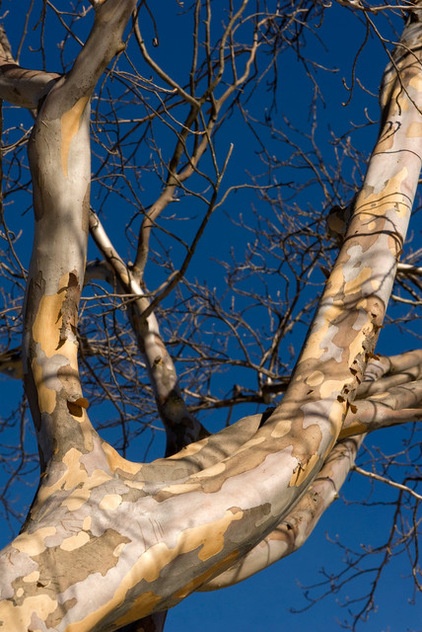
Northwest. Now that deciduous trees are dormant, it’s “time to sharpen your pruning tools and tidy up your deciduous trees,” writes landscape designer Karen Chapman.
You may be asking yourself, Why prune trees now? “In warm weather the sap rises in the tree,” she says. “Think of this as the tree’s food supply. When we remove branches in warm weather, we remove the food that has been taken to those branches. If instead we prune while the tree is dormant, no food resources are wasted.”
Get her Northwest January checklist
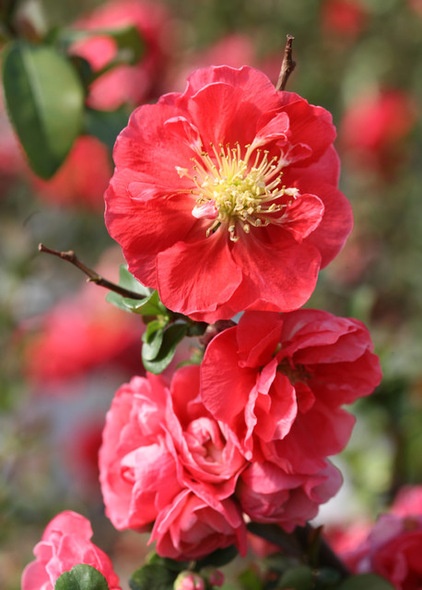
California. Early blooms are peeking out, and “flowering quince is one of the first plants to bloom every year — especially prized because the bare stems loaded with buds open so freely when brought indoors,” writes garden editor Bill Marken. ‘Pink Storm’, shown here, is a new, bright pink variety. “There are many, many varieties, old and new, with single or double flowers, white, pink, orange, red,” continues Marken. “An old-time red is a fixture in many rural communities, a testament to its ability to survive with little care.”
Get his California January checklist
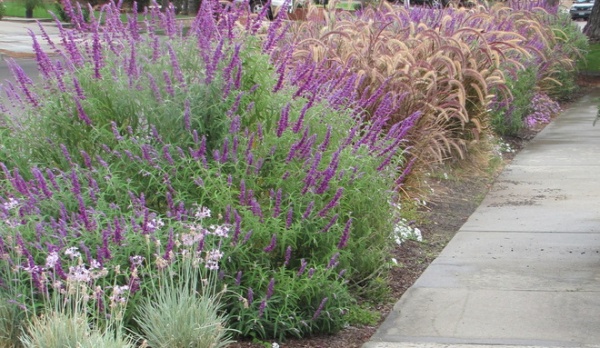
Texas and Southwest. Plant trees, perennials and shrubs this month. “In Texas, plant evergreen and deciduous trees; in the desert Southwest, get your shade trees in the ground as early in January as you can. Bare-root trees should be planted before they leaf out,” writes landscape designer Jenny Peterson.
Southwestern and Texas gardeners can also plant perennials this month. “Desert Southwest gardeners can plant desert marigold (Baileya multiradiata), guara (Gaura lindheimeri), angelita daisy (Hymenoxys acaulis) and canyon penstemon (Penstemon pseudospectabilis),” she writes. “Texas gardeners can plant blackfoot daisy (Melampodium leucanthum), autumn sage (Salvia greggii), Mexican mint marigold (Tagetes lucida) and copper canyon daisy (Tagetes lemmonii).”
Get her Texas and Southwest January checklist
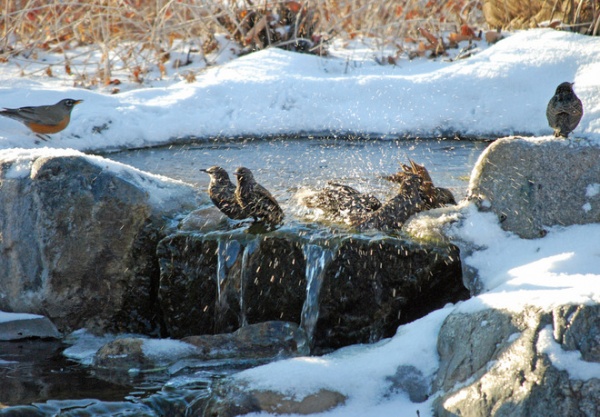
Rocky Mountains. Provide clean water and food for birds this month. “High-quality seeds and snacks such as peanuts and suet may be essential for wild bird health when other food sources are buried by snow or depleted,” writes Colorado landscape designer Jocelyn Chilvers. “Fresh water for drinking and bathing is also crucial to bird health. Keep your birdbath free of ice with a commercial heater, available at most garden centers.”
Get her Rocky Mountains January checklist
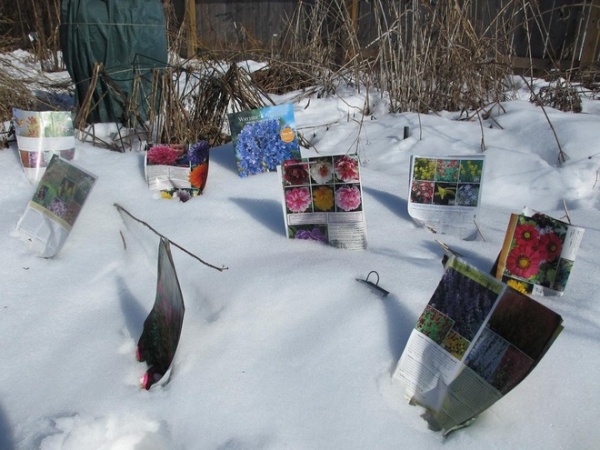
Central Plains. Dreaming of spring flowers? “Plant and seed catalogs will be coming in the mail like gangbusters — this is a boon to both the struggling postal service and any winter blues you might be having,” writes Nebraska garden consultant Benjamin Vogt. “It’s time to dream about what to plant and how to improve the landscape. If you’re impatient, you can sow most catalogs directly into snowdrifts. (This may also help you figure out what flower you want to go where come spring.)”
Get his Central Plains January checklist
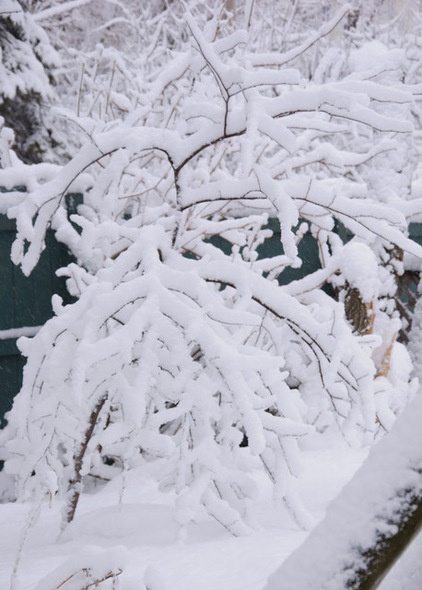
Great Lakes. “The snow-covered Great Lakes garden is all about shapes and lines,” writes Illinois garden coach Barbara Pintozzi. “The nearly monochromatic setting shows off the structure of well-branched trees and shrubs, such as this young native redbud (Cercis canadensis).”
“This simplicity of snow and structure can help the gardener to see the bones of the garden, suggesting areas for improvement,” she continues. “The middle of winter is an excellent time to dream of the garden and draw up plans for changes to be made next spring and summer.”
Get her Great Lakes January checklist
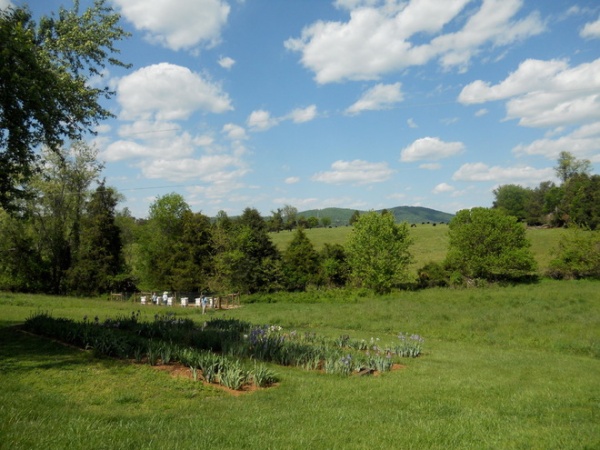
Northeast. Vermont landscape consultant Charlotte Albers urges us to support local beekeepers. “With the honeybee population in decline, it’s more important than ever to help support local apiary operators,” she writes.
There are also plenty of ways you can support the bees in your own garden. “Bees need lots of flowers to produce honey, and wildflowers like goldenrod, aster and Joe Pye Weed (Eupatorium maculatum) are critical to sustaining the work of hives,” she notes. “The aptly named bee balm (Monarda spp) is a great perennial for woodland edges, meadows and mixed borders that’s available in a wide variety of colors.”
Get her Northeast January checklist
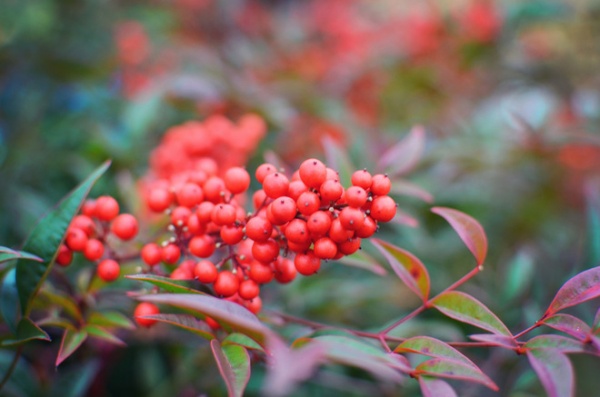
Mid-Atlantic. “There may not be flowers, but a few berries persist on the hardiest of plants,” says garden writer Amy Renea. “While you might have used some for Christmas decor, make sure to leave as many as you can on the plants for the birds that remain. This source of food is vital to them this month. If you did use berries in decorations, be sure to toss them back outdoors for the critters.”
Get her Mid-Atlantic January checklist
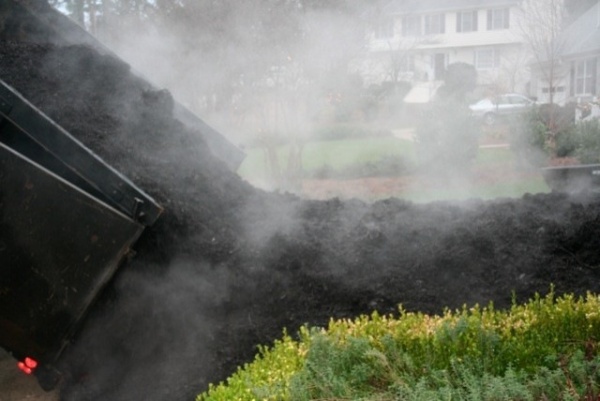
Southeast. Want to keep your plants warm through winter? “Layer on organic mulch,” writes North Carolina garden writer Helen Yoest. “Incorporating or top-dressing with a thick blanket of an organic matter — such as compost, composted leaf mold or manure — is most helpful in the vegetable garden and garden beds.”
Get her Southeast January checklist
Related Articles Recommended












